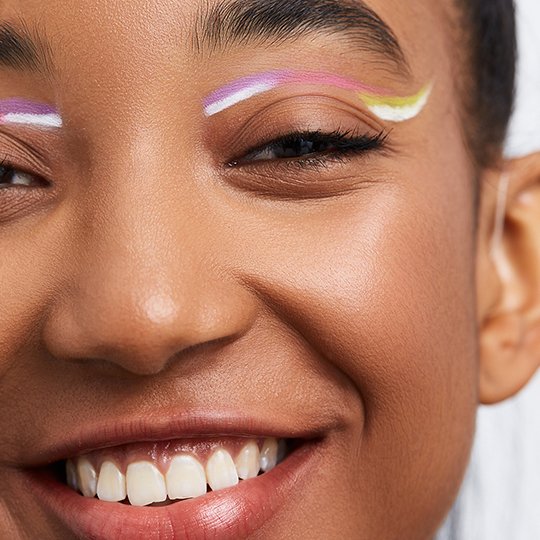What Are Fingernail Ridges and How Can You Get Rid of Them?
March 03, 2023
Moisturize Your Hands and Nails
Keeping your nails nourished and healthy can help strengthen them and improve their appearance. Stash a tube of hand cream in your purse, on your desk, by your bed — anywhere you’re likely to reach for it and reapply it throughout the day. Be sure to apply lotion after you wet your hands, as hand-washing is a common culprit for dry skin. If you’re in need of a good hand cream recommendation, we swear by the La Roche-Posay Cicaplast Hand Cream for Dry Hands & Damaged Hands. The formula is packed with shea butter, an emollient ingredient that leaves skin smooth and velvety soft, in addition to soothing niacinamide and glycerin, a humectant that draws moisture into the skin. It hydrates for up to 48 hours, is fragrance-free and dermatologist-tested for sensitive skin.
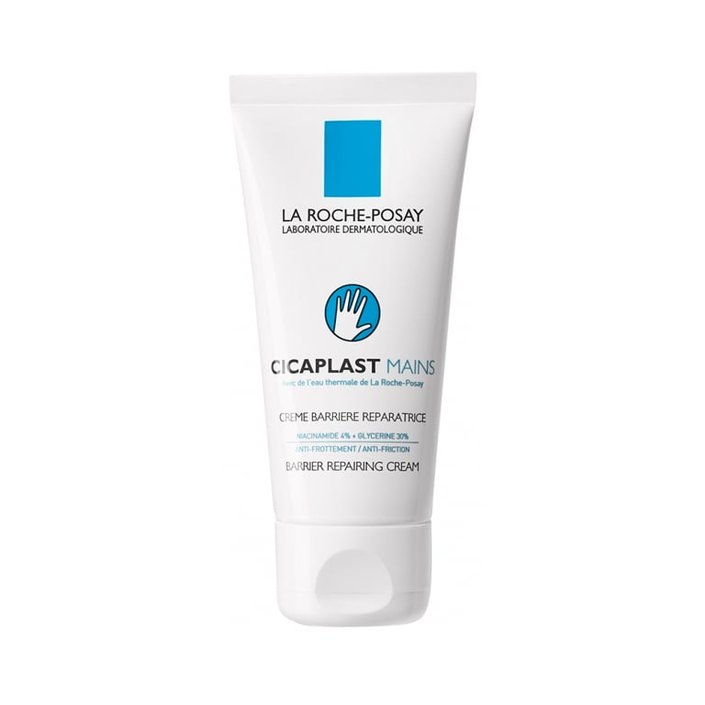
Don’t Forget to Care for Your Cuticles
When it comes to tackling nail ridges, cuticle care is another important step. You can massage a hydrating cuticle oil, such as the Essie On a Roll Apricot Cuticle Oil, onto your nail beds and cuticles twice a day for maximum hydration. The mess-free tube applicator makes this one easy to roll on while you’re on the go. The formula is full of conditioning ingredients like apricot kernel oil, jojoba seed oil and sunflower seed oil. As a bonus, applying cuticle oil can help extend the wear time of your manicure.
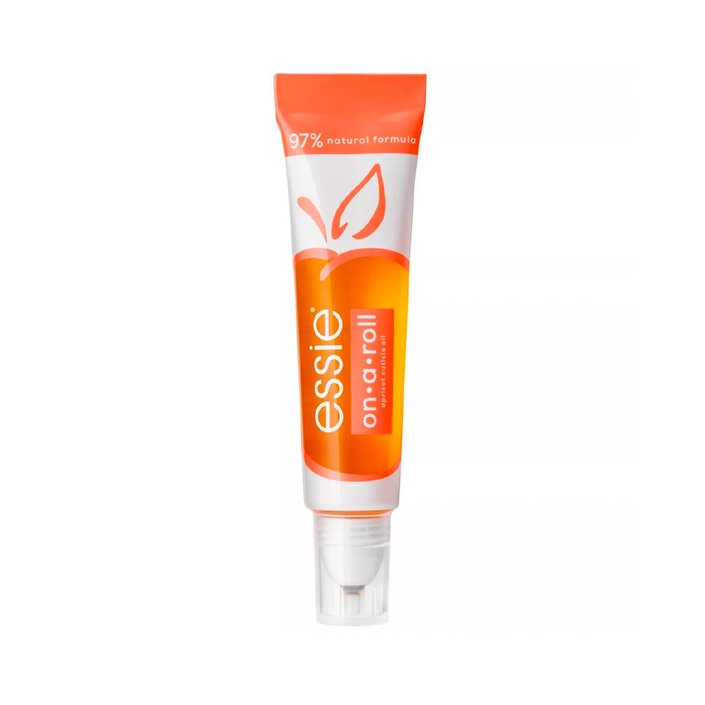
Buff Out Your Nails
To help even out the surface of the nail, Remark recommends using a buffing block to smooth away ridges. “Just make sure not to over-buff, especially if your ridges are deep,” she says. “This can really thin out the nail plate.” You can buff your nails before you polish them to ensure a smoother manicure. This four-way buffing block from Amazon helps smooth ridges, buff out the surface of the nail and restore shine before your manicure. Plus, it’s only $4, making it a budget-friendly addition to your at-home nail-care routine.
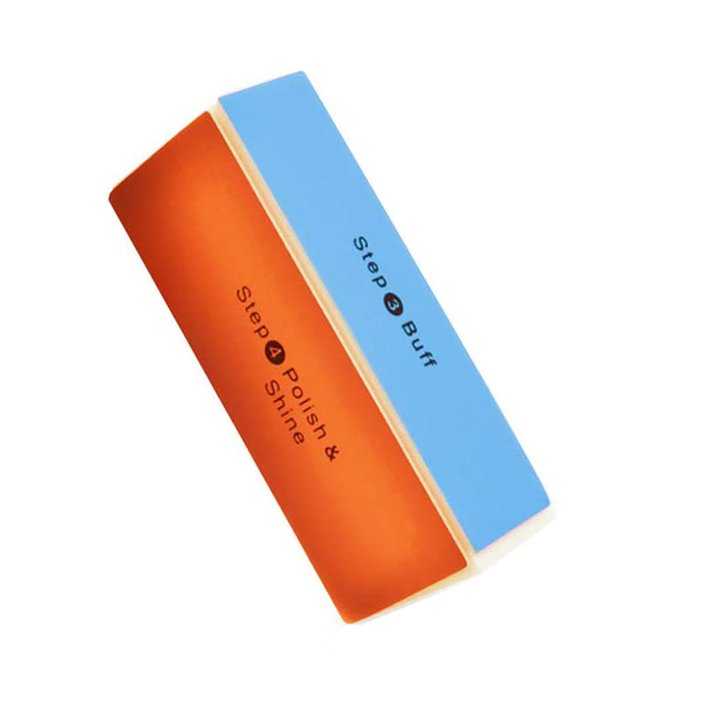
Limit Water Exposure
Frequent water exposure can dry out your hands and nails and lead to a brittle, ridged appearance. Try to limit your hands’ exposure to water — especially hot water. Cover your hands with gloves when you’re washing dishes, and limit excessive hand-washing as much as you can.
Limit Your Use of Alcohol-Based Hand Sanitizers
Alcohol-based hand sanitizers can dry out the skin on your hands and around your nails, which can result in ridges, according to Dr. Stern. Try to limit your use of alcohol-based hand sanitizers, and look for options that also have hydrating ingredients. We’re partial to the Touchland Hydrating Hand Sanitizers, which come in a wide variety of fruity scents and balance ethyl alcohol with soothing aloe vera. You can also look for hand sanitizers that claim to be “alcohol-free” on the label, though it’s important to note that alcohol is responsible for killing most common germs.
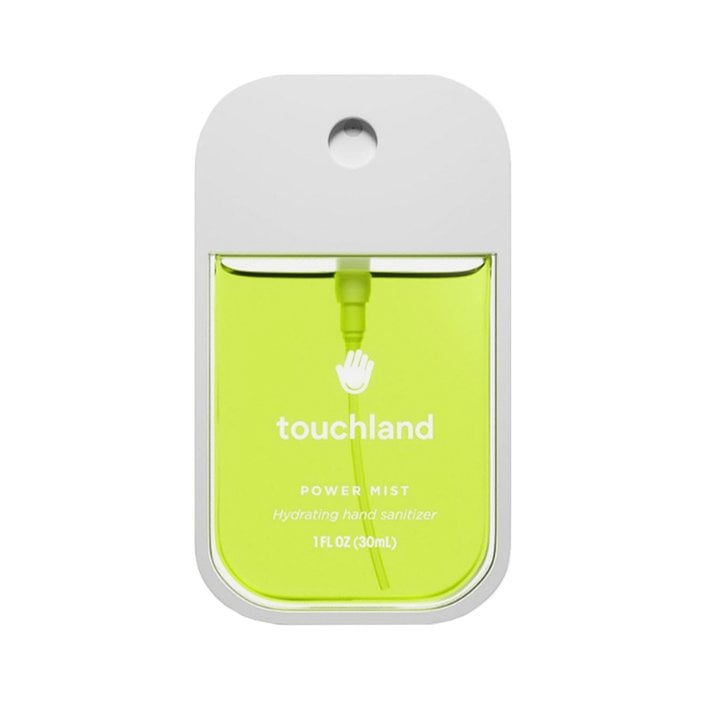
Apply a Smoothing Base Coat
A smoothing base coat on bare nails or underneath nail polish will fill in ridges and provide a sleek, even finish. Remark suggests using the Essie Smooth-e Base Coat, a ridge-filling base coat that preps and fills in indentations in your nails. It’s loaded with ceramides, which replenish much-needed moisture to your nails.
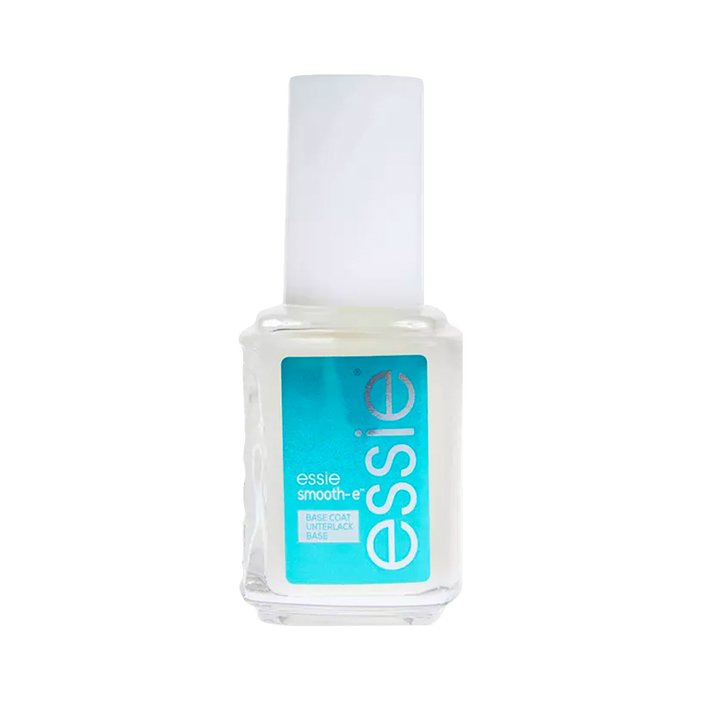
Use a Nail Treatment System
To give your nails some extra TLC, try the Dr. Dana Nail Renewal System, a three-step nail treatment plan that “combats brittle nails and ridges immediately reveals a healthy, hydrated, youthful shine,” says Dr. Dana. The first step is a treatment that exfoliates the nail bed with glycolic acid — Dr. Dana calls it “a facial for your nails.” In step two, you can buff out your nails using a gentle, tri-grit file, which smooths the nail beds and preps them to absorb the final nail treatment, a deeply hydrating gel-oil. The kit lasts for three months with weekly use and only takes 10 minutes to use.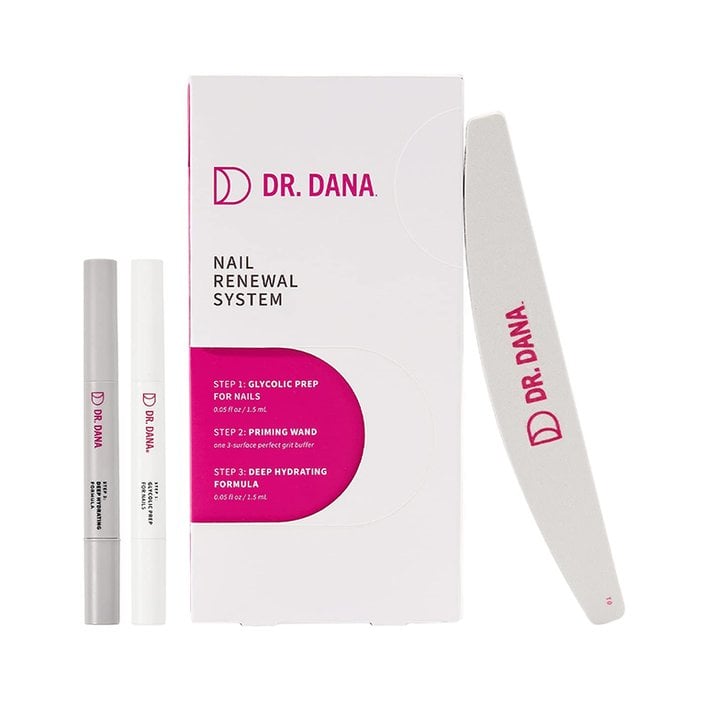
Avoid Metallic and Chrome Nail Polishes
As trendy as chrome manicures may be, they’re not always the best choice if you’re looking to draw attention away from nail ridges. “I recommend that you avoid any metallic or chrome polishes, as these can shine a light on ridges, rather than conceal them,” says Remark. Instead, try a high-shine nail color in a sheer or cream finish, like Essie Gel Couture Haute to Trot 150.
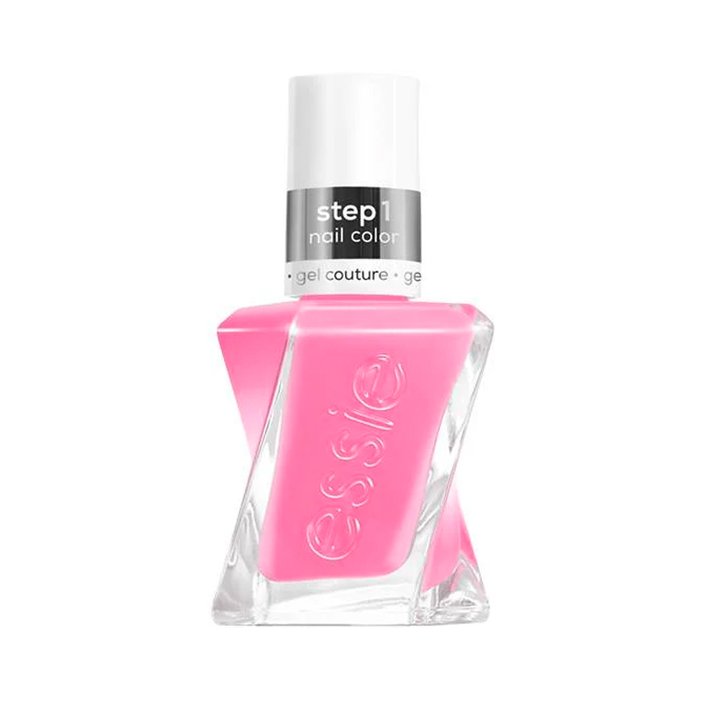
Apply a Thick Top Coat to Nails
After you paint your nails with your polish of choice, finish with a thick, viscous top coat like Essie Gel Setter to help further even out the nails. Not only will this smooth the look of ridges, it will help your manicure remain glossy and chip-free longer.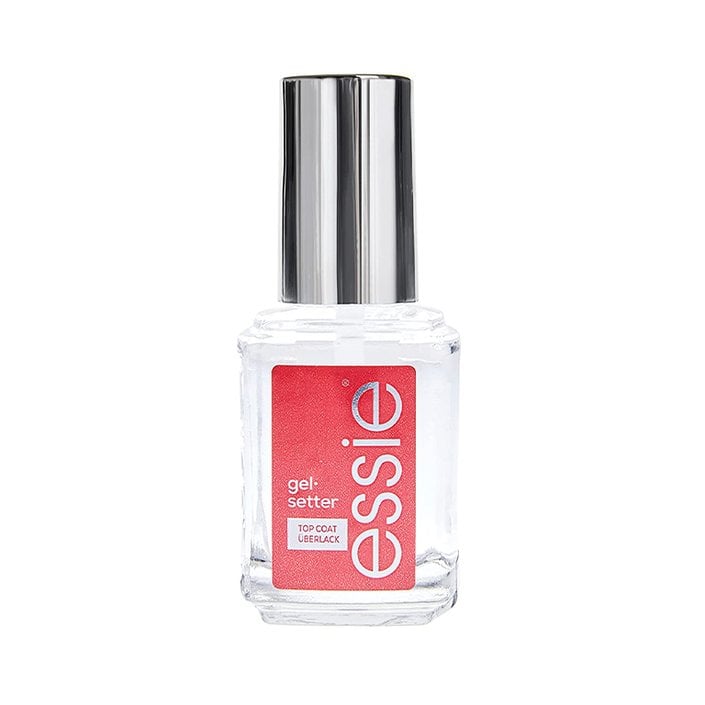
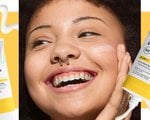


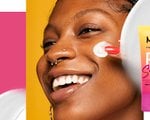

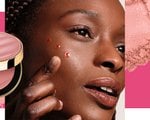
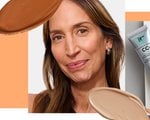
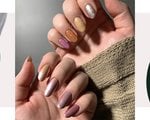
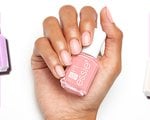

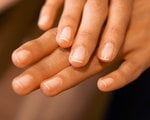
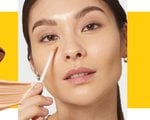






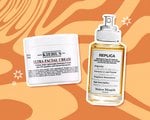

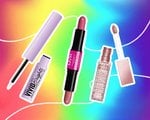
.jpg?cx=0.5&cy=0.5&cw=150&ch=120&blr=False&hash=27326E4FE66B0A2BFABAF4995DA29DC5)




